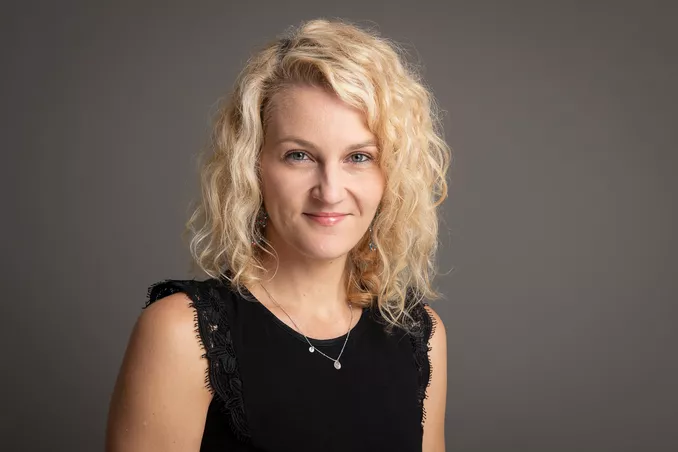I first took notice of Liam Scarlett years ago during the World Ballet Day live stream which offered an exclusive behind-the-scenes look at rehearsals for Sweet Violets. His focused work with two Royal Ballet dancers, Thiago Soares and Leanne Cope, made a strong impression on me. I appreciated his gentle demeanor, his calm and sensitive way of explaining the motivation behind his steps and an aura of a young man who held a clear creative vision, and who knew what he wanted and was able to lead the dancers. He was rightly considered a raising star in ballet and for the next few years he was one of the most in-demand dance makers. Alexei Ratmansky, one of today’s most important choreographers, spoke openly about Scarlett’s death last week. He called it “suicide” caused by the ballet world and ballet community who had severed all ties with Liam and “cancelled” him. Directors of ballet companies did not even stage his existing works because, in their own words, they would have been “eaten alive”. “Cancel culture” – a practice of ostracising a person based on a mere accusation and affecting their future life and career – has become a terrifying norm. Let’s remember other famous choreographers, were they as pure as lilies, without accusations? And could they even work today?
The former New York Times dance critic Alastair Macaulay has pointed out a curious linkage between Scarlett’s tragic death and his work – some of his productions tackled the theme of death, such as Asphodel Meadows (2010, about the Greek underworld), Acheron (2014, the underworld river), Die Toteninsel (2019, the island of the dead) and Sweet Violets (2012, the theme of Jack the Ripper’s murders). As if his mind had been gravitating towards death even during the happy time in his life.
Instagram got flooded with condolences from Scarlett’s former colleagues and fellow artists from the Royal Ballet who remembered working with him and used many words of praise. But where were they when the entire ballet world was turning its back on him? It was not until he committed suicide that we started to appreciate his talent and gave him a second chance, even though his past behaviour was considered inappropriate. Did anyone offer him help, in the form of therapy maybe? What should a choreographer do when he is cruising the world and working internationally and suddenly he is expelled from the field that fully defines him?
Of course, nothing is black or white and some companies did not distance themselves from Scarlett – the Munich Ballet, for instance, staged one of his ballets in autumn 2020 and the company members described the collaboration as “smooth and highly professional”. But a day before Scarlett’s death, the Royal Danish Ballet cancelled a production of his full-length ballet Frankenstein due to “offensive behaviour”… We will never really learn the truth and the reason why Liam Scarlett has left this world. But it does not change the fact that the ballet world has lost one of its greatest talents and is partly responsible for his tragic end. How many titles would have to be cancelled if everything was judged by today’s standards?
You can read more columns HERE.
Translation: Tereza Cigánková.





Josef Bartos
Thank you for your thoughts. One got stuck in my mind – that passion makes us different from AI. Just yesterday I read…I am a dance critic. I am a member of an endangered species